

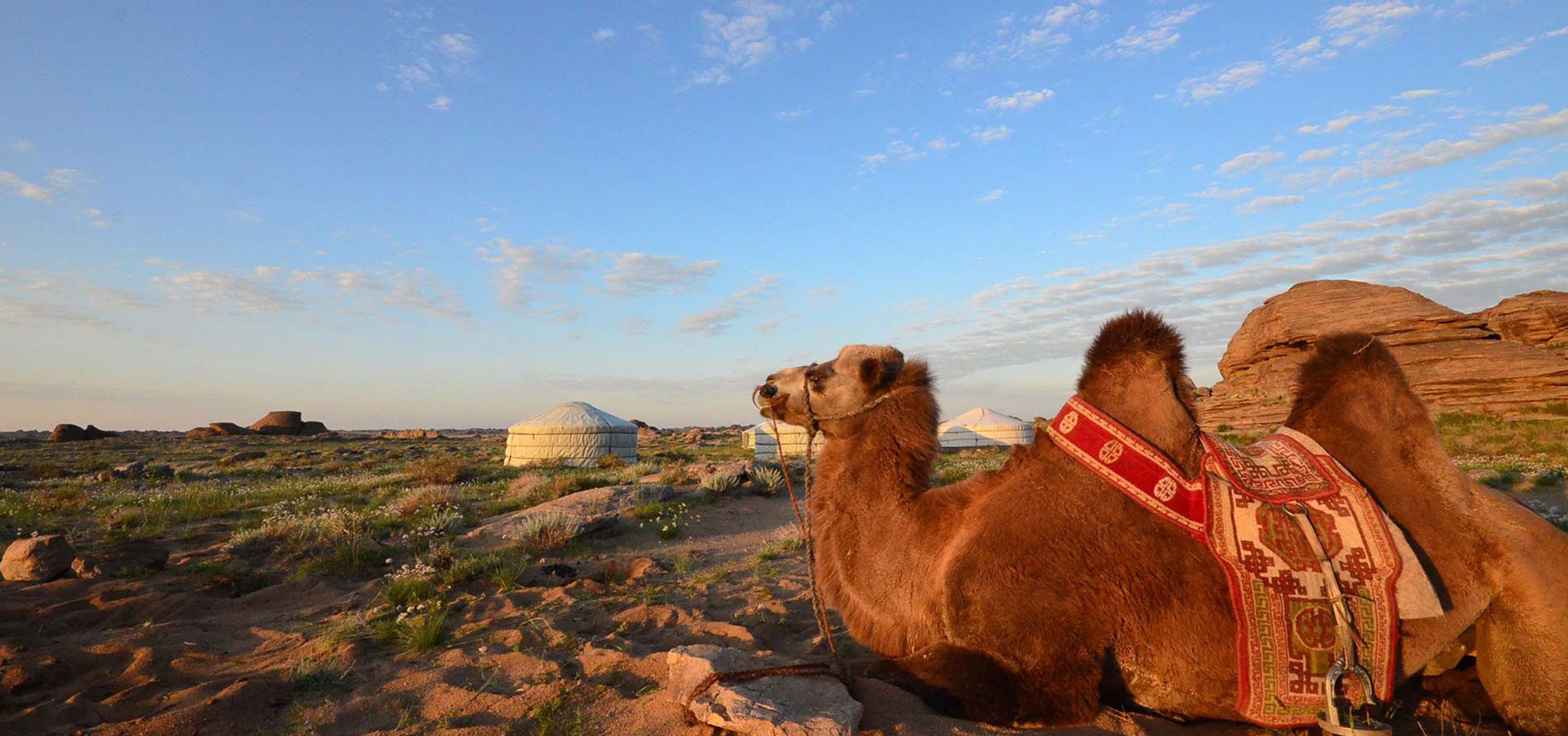
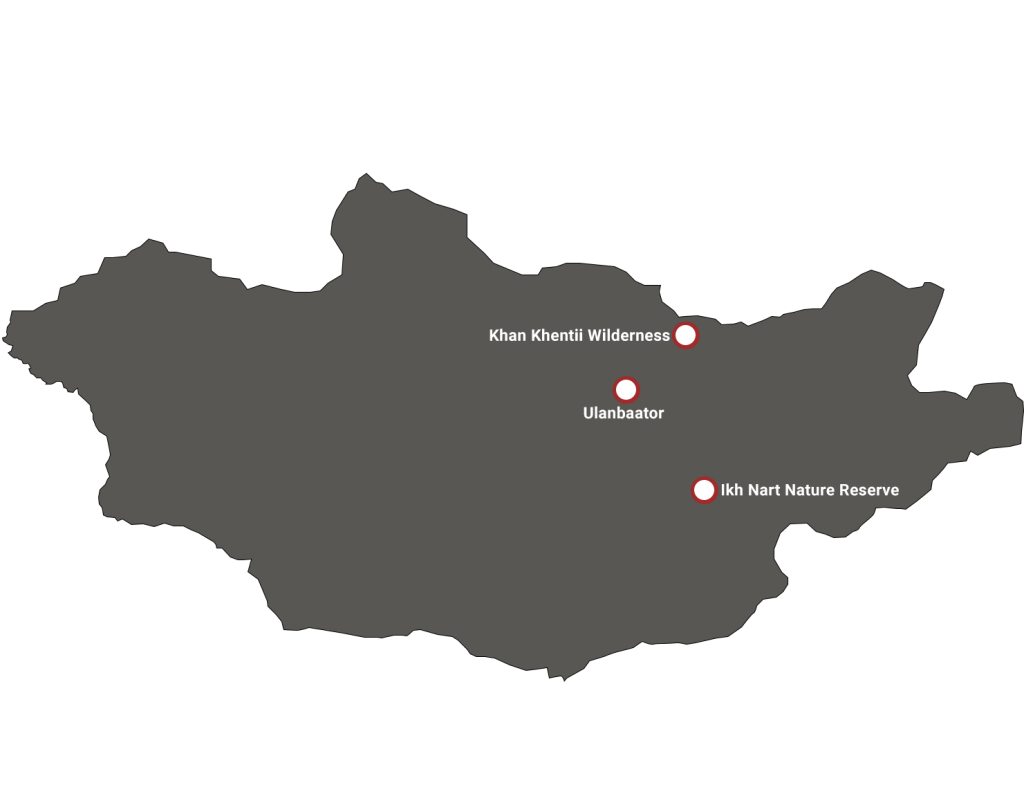
Your journey begins leaving the capital on a local train south on the Trans-Siberian Railway. Watch the scenery change gradually from lush green lands to arid steppes as you enter the Gobi—where you will disembark at a local station that seems to be in the middle of nowhere! From there, a jeep ride will take you to your exclusive ger camp in the Ikh Nart Nature Reserve.
The nature reserve is home to an estimated 500-700 Argali Sheep (Ovis ammon) and 100-200 Siberian Ibex (Capra sibirica). Though it is not guaranteed, there is a very good chance of seeing both species. You spend the days looking for wildlife as well as exploring the history and archaeology of the reserve—whistling arrows were quite recently found embedded in the rocks. With ancient graves and petroglyphs, its rich and unique landscape has incredible stories to tell. From here, you set out with camel carts on a 8-10 kilometer walk through the wilderness to a fixed Ger Camp, where you can meet other travellers with plenty of amazing stories to share.
You will leave the Gobi on a plane that will take off from a private airfield for a 2-hour flight northwards (alternatively, you could take a 7-hour drive by Cesna Caravan) to the Khan Khentii Wilderness. This is a protected area of Taiga forest and mountains that extend up to Siberia. The southern edge of the Khentii transitions from steppe to forest, creating a beautiful landscape of wildflower meadows, larch and birch woodlands.
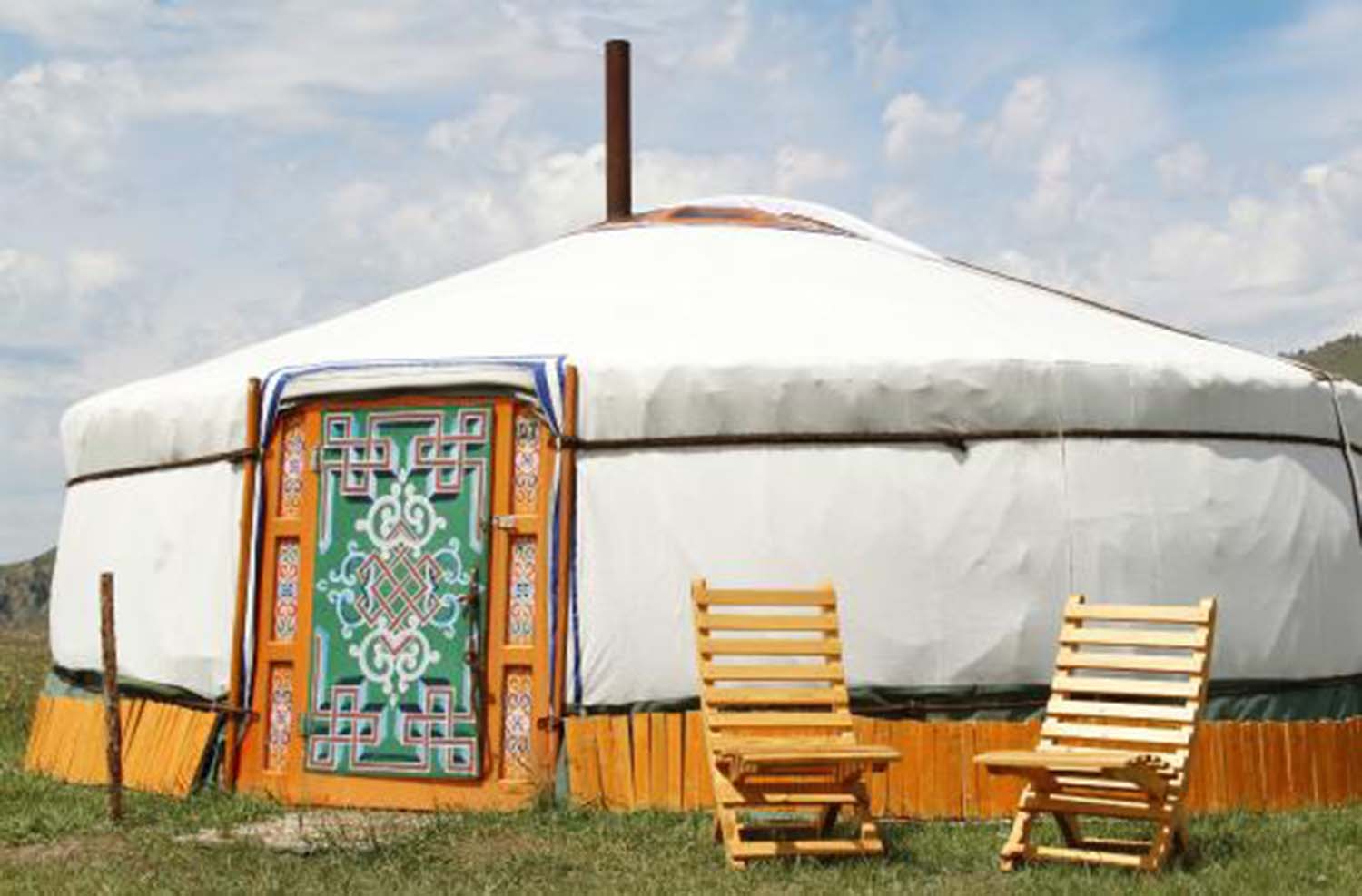
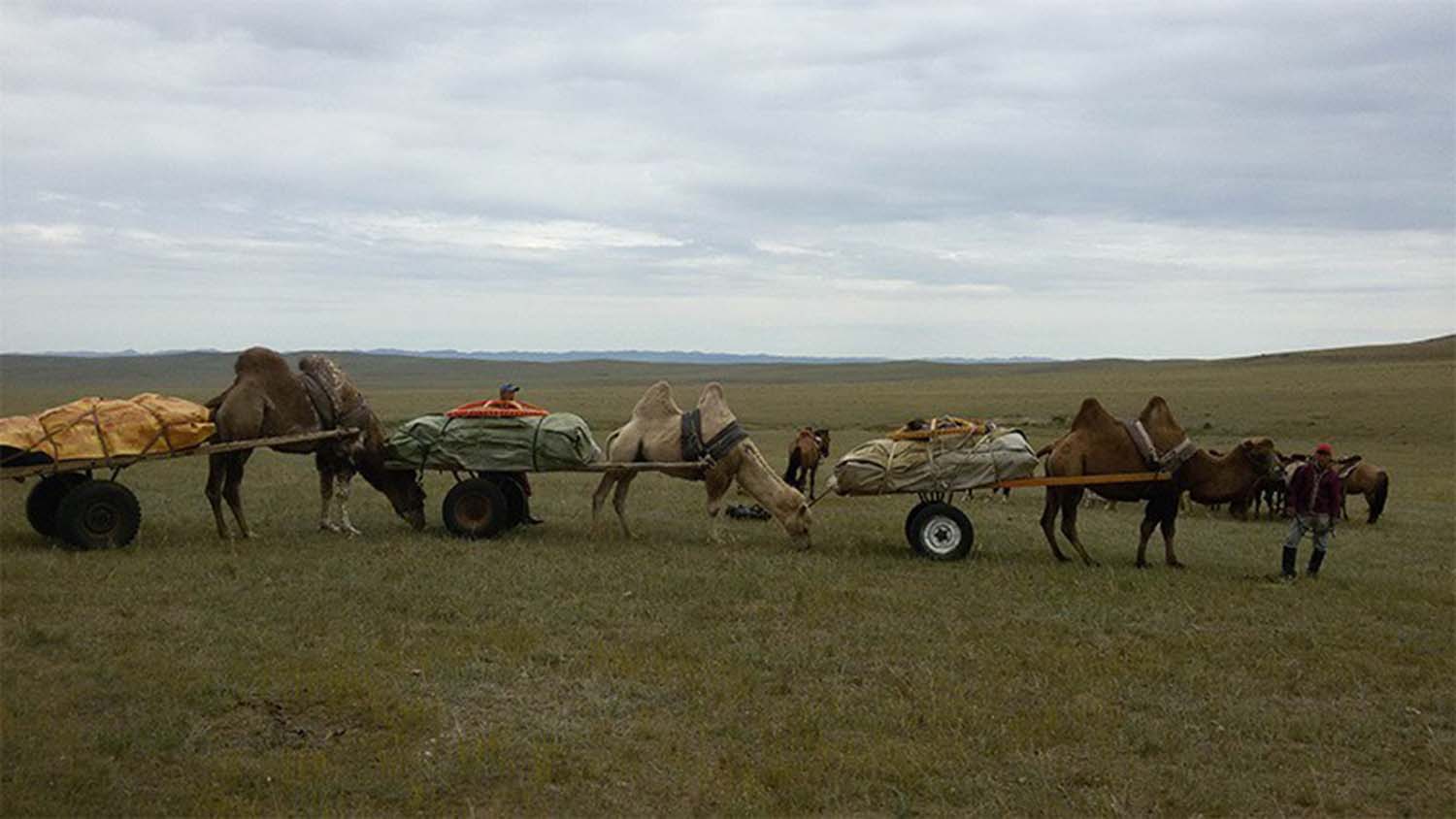
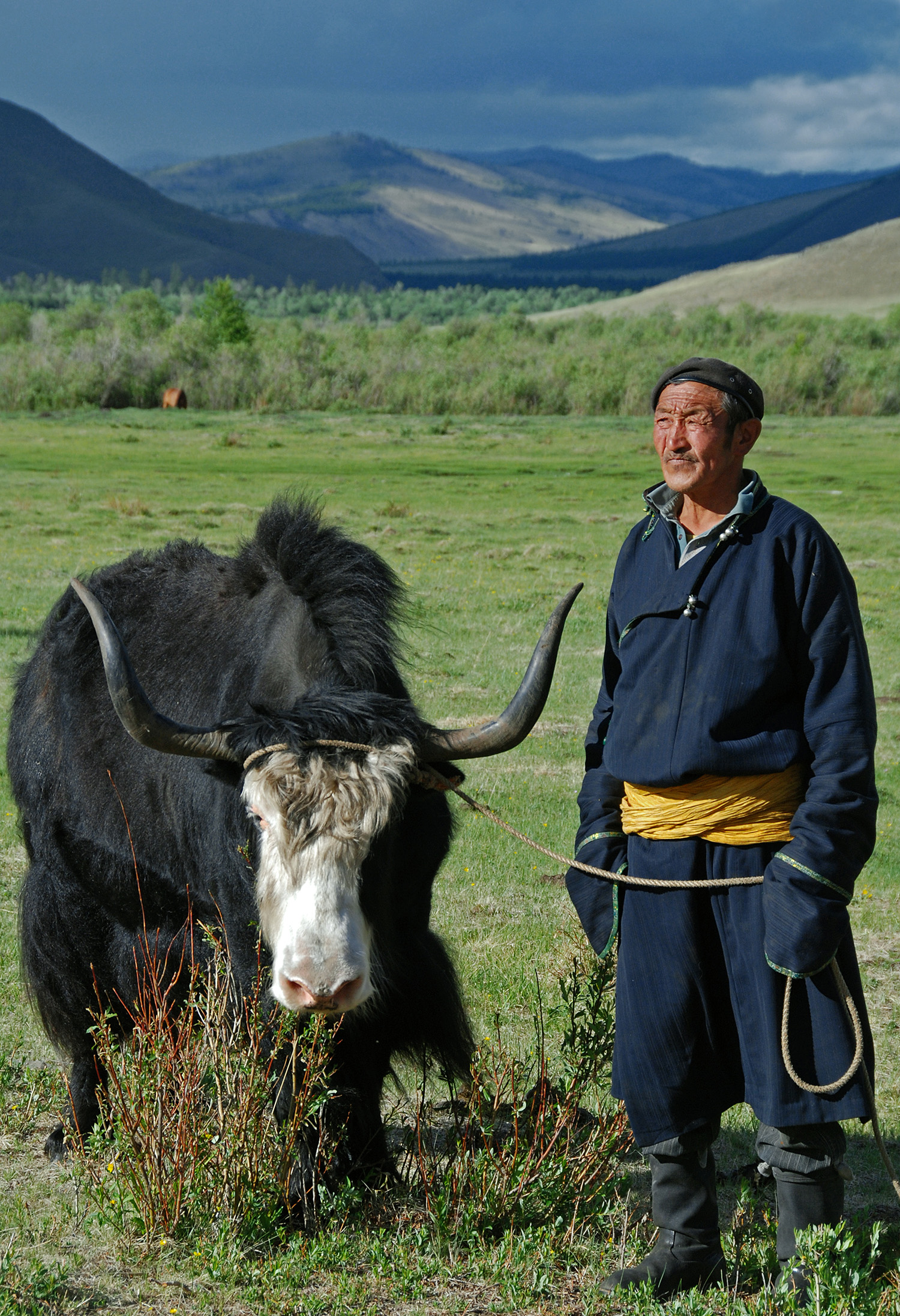
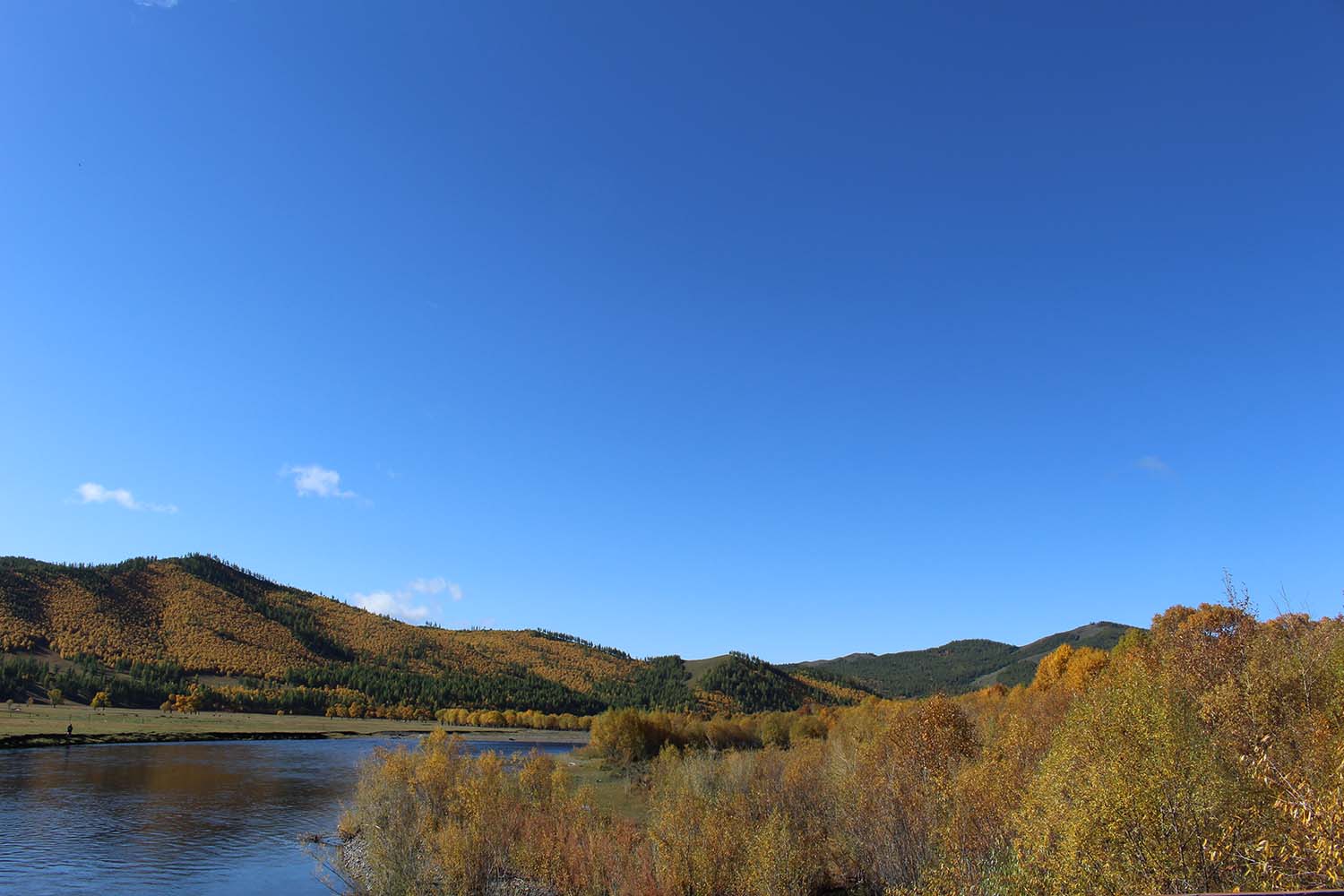
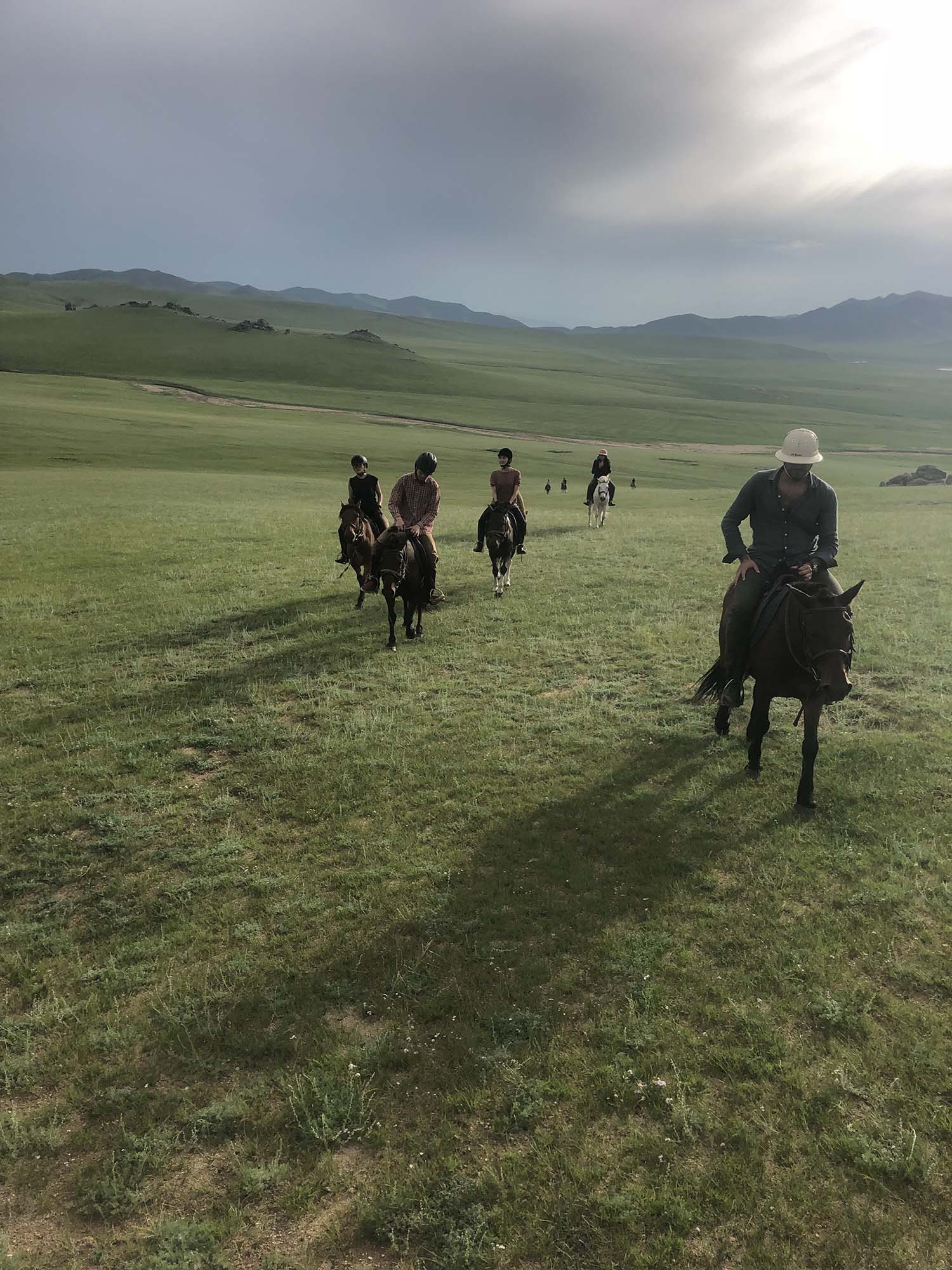
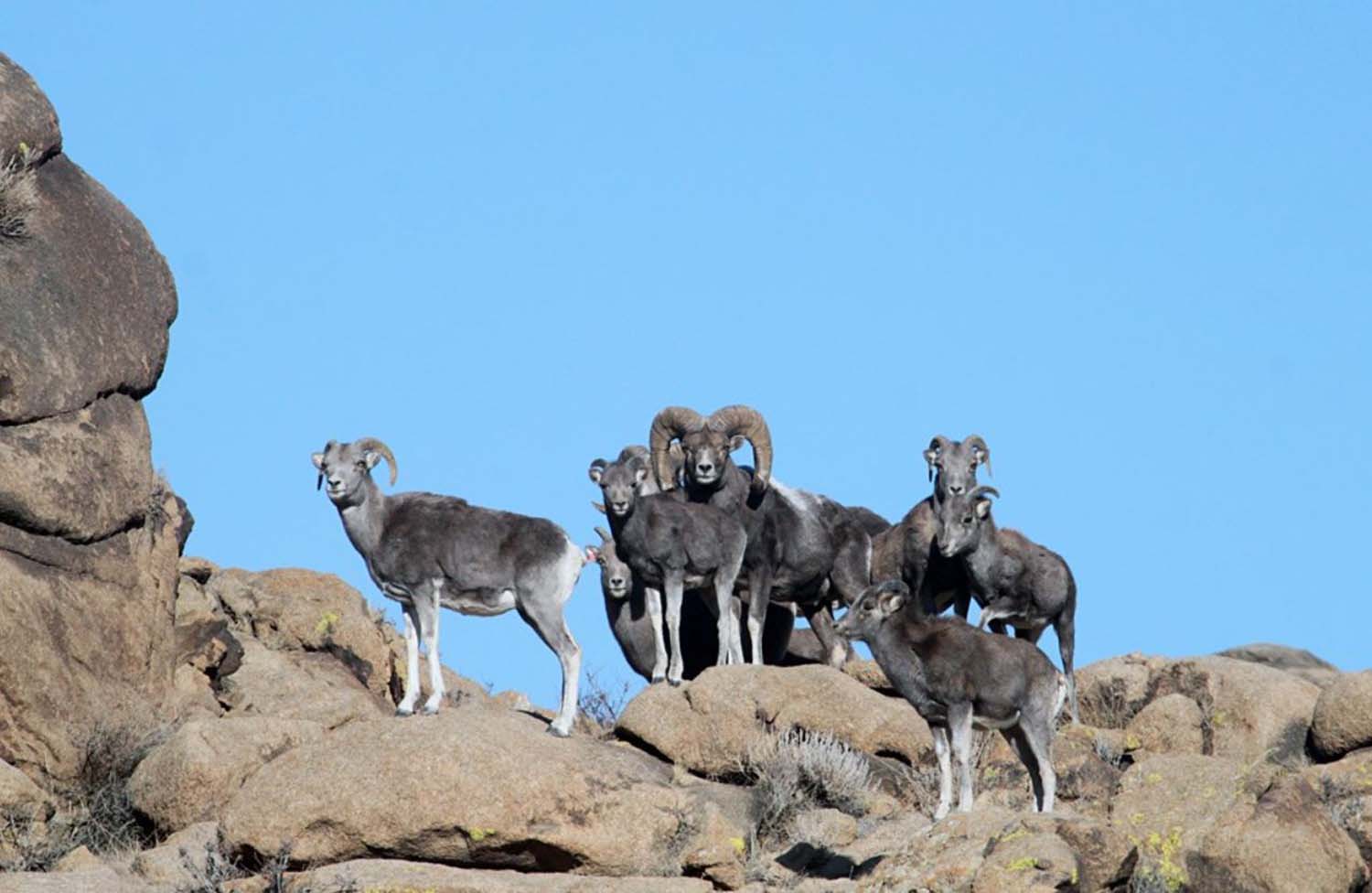
These are a selection of lodges that we feel combine well for this journey. However we do also have a range of options to consider in each region, and can tailor them to you preference.

Shangri-La Hotel, Ulaanbaatar, is located right in the heart of the city centre. It is an ideal base to explore the capital and is within walking distance of the famous Government House, Great Chinggis Khaan Square, main offices and embassies.

Our exclusive Ger Camps are set up in remote locations—complete with elevated beds, a separate ger for your meals and even a toilet tent and a shower tent. You do also have your own mongolian cook, who will surpise you about how meals are innovatively prepared in these remote areas. There is no electricity here, so do set aside a few portable power banks!
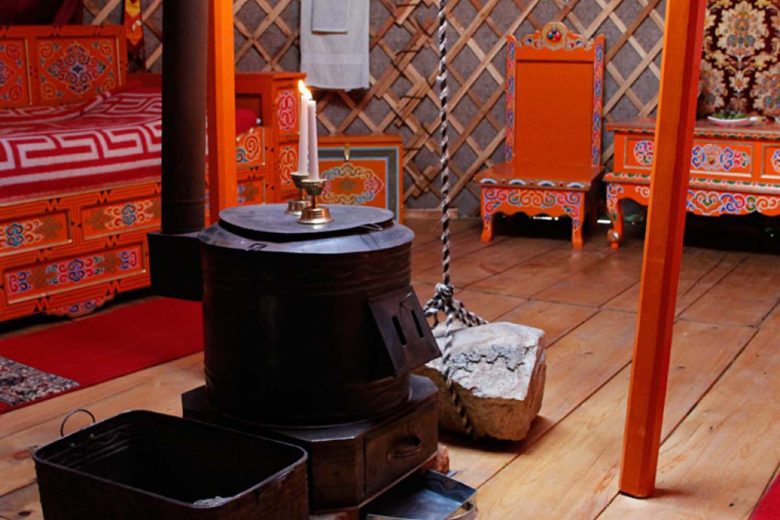
Red Rock Ger Camp is a seasonal, low impact ger camp isolated right next to the reserve area. To get here, you take the southeasterly route along the Trans-Mongolian railway line towards Beijing by local train from Ulaanbaatar, and drive the remaining 40 kilometers to the camp. This is a fixed camp, with dinner, library and shower tents. Electricty is available here.

Remotely located in the uppermost parts of the Tuul River Valley—and a three hours' drive northeast of Ulaanbaatar—is Jalman Meadows Ger Camp. It is a beautiful pasture located within the strictly protected area of Khan Khentii, which extends all the way up to the Russian-Siberian frontier, and shelters much of Mongolia's true wilderness. This area comprises the transition of steppe to the boreal forests of the southermost reaches of Siberia. This is a fixed camp with dinner, library and shower tents. Electricty is available here.



Amala Travel
TA License: TA02145